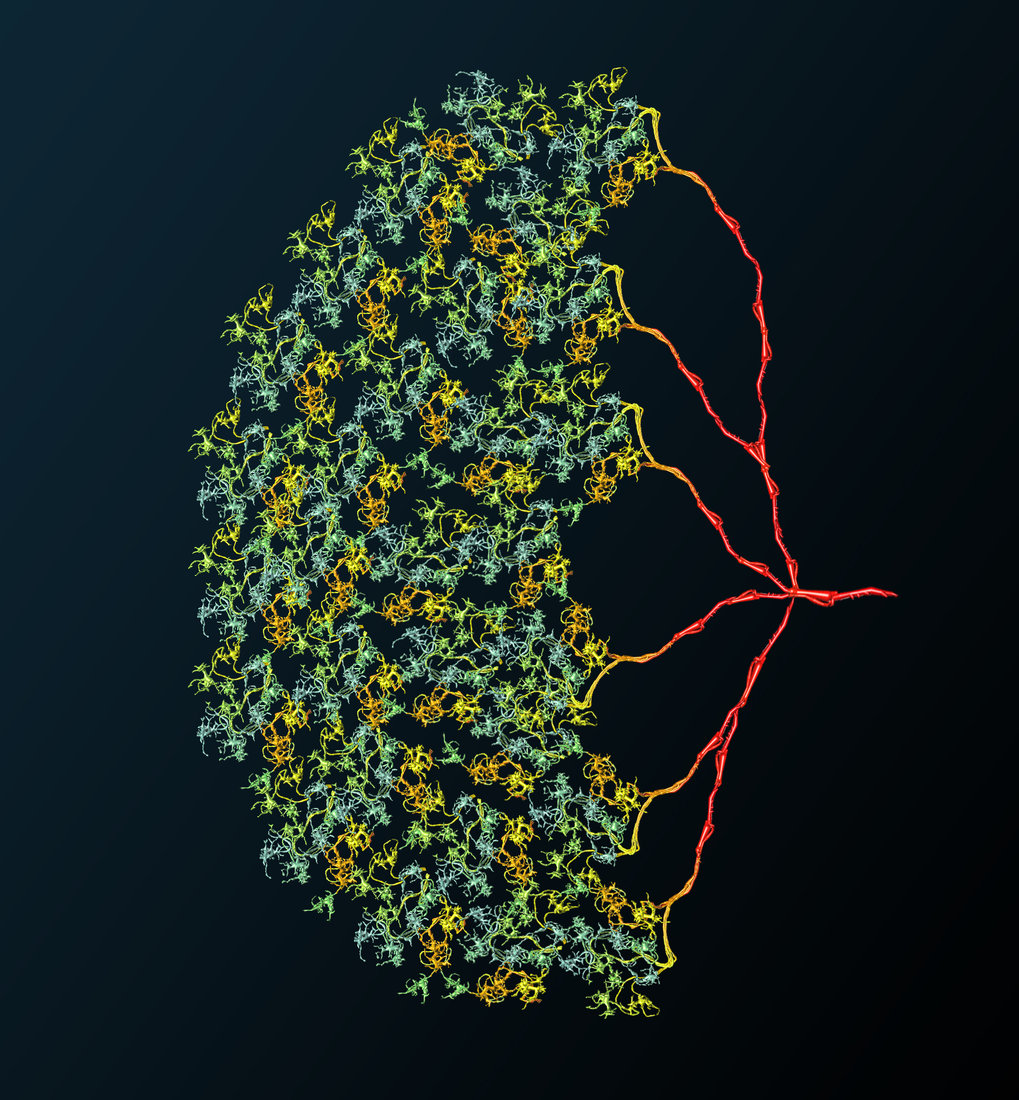CT1 is different. In general, a nerve cell receives input from a number of presynaptic cells, processes the signals, and passes its output to downstream cells. In the cell CT1, however, each of the approximately 1400 cell areas works like a separate neuron. This allows CT1 to access information from all facets of the fly's complex eye and to contribute locally to the calculation of motion direction. Using a computer model of the cell, Alexander Borst and Matthias Meier from the Max Planck Institute of Neurobiology show that CT1 is reaching biophysical limits.
